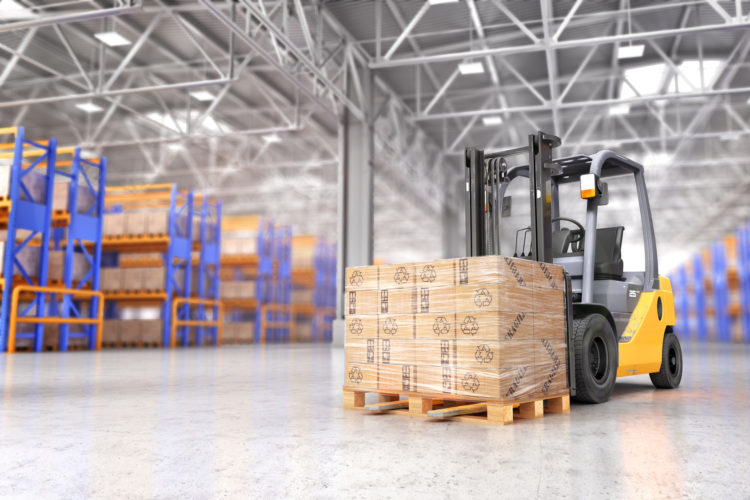Small-business owners have found a powerful way to make money off of practices that huge companies like Amazon, Walmart, and Target use to dispose of their returns and liquidations stock. Selling these products doesn’t make financial sense for companies that operate at these massive scales, so companies like Amazon sell pallets of returns and liquidations products on auction sites. From there, enterprising American small business owners snap up the stock on the cheap and resell the individual items for a profit.
This process can be a great source of income for owners, but they are not without their risks. If you’re not careful, you could end up making a mistake that costs you and your business dearly. To give yourself and your business the best possible shot at economic success and continued growth, you’ll want to keep an eye out for potential pitfalls.

source: business2link.com
Page Contents
Taking on too much risk
The easiest way to get yourself in trouble in the returns and liquidations business is to take on too much risk. Some return pallets are offered without much in the way of details about what’s included. That means some returns and liquidations businessmen and women won’t know how much of a profit they can make off of a given pallet until it’s unpacked.
As these entrepreneurs sort through their gains, they may find things that they simply toss away. Other times, they may find hugely profitable products tucked away in the stack. Not knowing for sure what is risky, though. You’ll want to be careful about how you balance your purchases of such pallets as not to become overexposed to risk early on.
You don’t know where your products are from

source: jandswholesale.com
Some pallets will have more information than others. It’s OK to buy a pallet with a bit of mystery to it, but you should always know where the pallet came from.
When you’re getting returns and liquidations pallets from known retailers, you can be reasonably sure that you’ll find quality products. You’ll need to know that your Target liquidation pallet is truly a genuine model, however, and ensure that it’s verified.
You don’t specialize at all
Making a profit in returns in liquidations is all about knowing the right price to sell each item at. If you try to sell everything, you might find that your business is very inefficient. If you don’t maximize your profits on the most valuable items, you won’t make the profits you deserve.
Getting all of this right means knowing the real value of the products you sell. It’s impossible to know the exact seller value of every single product that a company like Amazon or Target will slap on a pallet. So, your best bet for an efficient and profitable returns and liquidations business is to specialize in a certain type of product.
Learn the ins and outs of tech accessories, or get really good at flipping toys and games. Resell books and movies, or get good with kitchen supplies. But whatever you do, master that space and be an expert in values and prices.
Growing too quickly, or not quickly enough?

source: clarkebell.com
You can make big profits in this business, and those profits should help you grow, but you need to get the pacing right! There are dangers to growing too quickly, and growing too slowly will limit your income.
If you order more products than you have room to store or time to list on Ebay and other sites, then you’ll be in trouble. Remember: pace yourself, plan, and make sure that you grow your business proportionately to your needs. A lot of the game is just about getting more storage space, filling it, and hiring help just as it’s needed.





